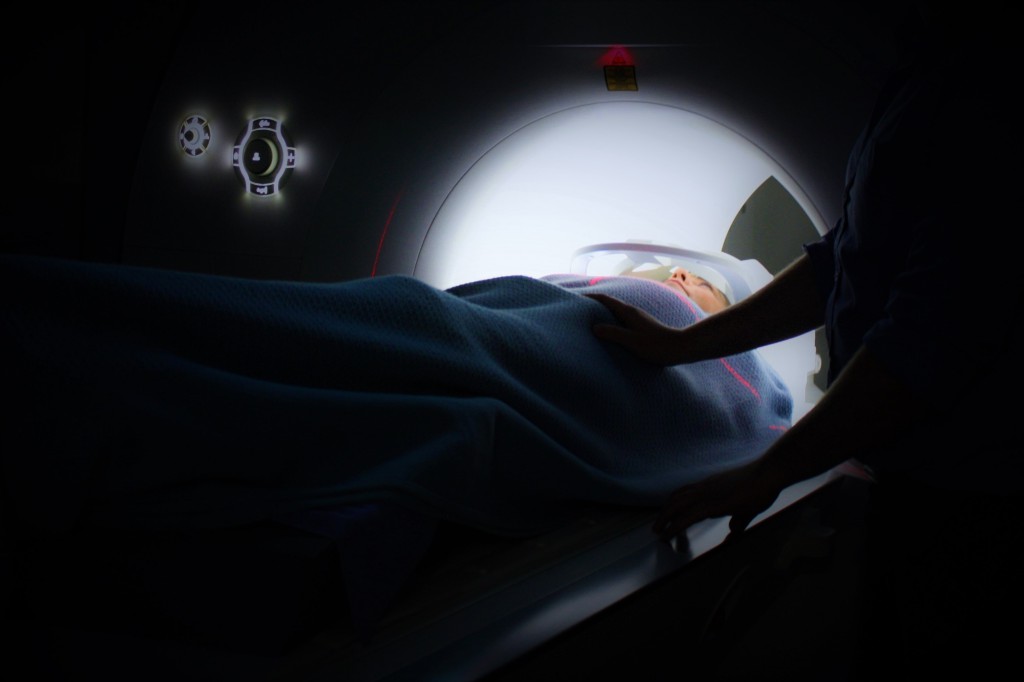Technology isn't only making your car safer or smartphone faster, but also changing the way medical students learn and how medical professionals diagnose and treat chronic diseases. Over time diagnostic tools and technology are advancing and evolving. Below are incredible new technologies that are gaining approval in the medical world and how they're helping doctors to diagnose and treat their patients.
Subcellular Imaging
The fluorescence imaging technology allows lab technicians to take high-speed 3D images of multicellular and living cellular specimens with low photodamage and photobleaching and isotropic spatial resolution. It uses a beam conditioning that allows very thin illumination beams, making the technology usable for different cell biology applications. It is an extension of noninvasive imaging, a feature of the light sheet microscope. Subcellular imaging offers far much better resolution than the current imaging technologies such as the spinning disk. With subcellular and PACS imaging technologies, lab technicians and doctors can watch the process of subcellular and cellular division in temporal and 4D spatial resolutions that the existing fluorescence imaging technologies have never achieved.
Painless Allergy Testing
Research firms across the world are looking for ways to commercialize novel technologies for painless allergy diagnosing. Local antibody mucosal brush diagnostic is the latest technology that doctors use to collect cells from the mouth and nose painlessly to allow for accurate diagnosis and treatment of food allergies and airborne diseases. It's a sophisticated and convenient technology that medical professionals can use to test for allergies. It's a needle-free test that uses a soft brush to collect cell samples with ease and painlessly. After that, lab technicians can use a proprietary process to detect proteins that indicate the presence of airborne and food allergy in the samples.
The Pocket-Sized Laboratories
Lab designers are looking for ways to develop pocket-sized labs that can allow doctors to carry their lab-testing tools in remote areas, reduce costs for clinical labs operating on a tight budget, and provide clinical officers with instant test results. Pocket-sized labs have gained popularity in the past decade, as they allow doctors to integrate and miniaturize cumbersome biochemical lab equipment into a single chip, which helps both biomedical and traditional experiments to be conducted together. Pocket-sized lab technology will help reduce the waste of blood samples and eliminate the necessity of repetitive tests.
Superbugs High-Speed Testing
Research has shown that nearly two millions of people in the United States are infested with resistant bacteria. It could take the existing methods 2 to 3 days to identify the bacteria and provide details about the susceptibility of the antibiotic that will guide treatment procedure. In the past, doctors would administer a combination of an array of medicines in the hopes that it will be useful. The process would often result in poor outcomes, global diminution of antibiotics, patient distress, and delayed treatment. However, research firms are working towards developing an automated instrument for testing antibiotic susceptibility and identification of infectious pathogens. Digital image analysis software and automated microscopy can help determine the effectiveness of antibodies in real time as well as optimize patient treatment and speed up drug selection. Scientists are adapting diagnostic testing principles to capitalize on surface chemistry, computing capability, and advanced imaging technology. The technology has created innovative techniques for analyzing, immobilizing, and extracting bacteria cells and eliminated time-consuming colony isolation.
Technology has transformed industries such as travel, communication, and banking, but it has been slower in the medical world. Research firms and medical colleges around the world are looking for ways to leverage technology to improve patient care. Doctors can now use their phone's cameras to measure the growth of a tumor and mobile-powered apps to gather medical data. Health IT is an essential component of various diagnostic aspects such as decision-making in the process of diagnosis, physical exam, clinical interview and history, and diagnostic testing results. Over time, health IT has impacted the diagnostic process and helped reduce diagnostic errors and increase the accuracy of lab results.

